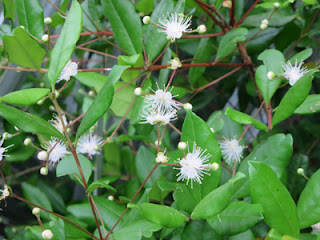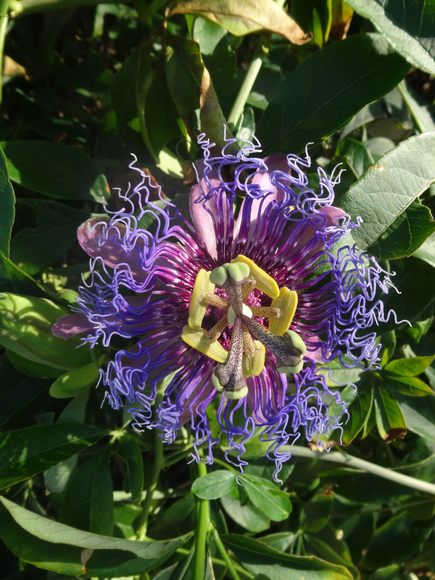A Pine can have lightning scars that run down the trunk. Why doesn't an Oak?

by Cecilia Catron , Tarflower Chapter of the Florida Native Plant Society (reprinted with permission from the August 2016 issue of Tarpaper ) Pine Scar When days are hot, as they have been for the past month, it seems like a sensible idea to lie in or around the pool all day, like a motionless alligator. Curds of bright, white thunderheads rise higher and higher, expanded by the increasing heat. Gradually air pushed from the east and west coasts meets in the middle of the peninsula. By mid-afternoon it becomes charged by the collision of the fronts and summer lightning is created, with or without a storm. Knotty Oak Have you ever noticed a stripe spiraling down the trunk of a pine tree where lightning has stripped the outer bark off? You may have also noticed there is no such stripe on the trunk of an oak tree. Oaks and Pines, both dominant here in central Florida, have different ligh...


